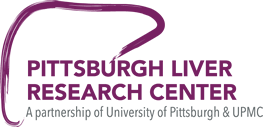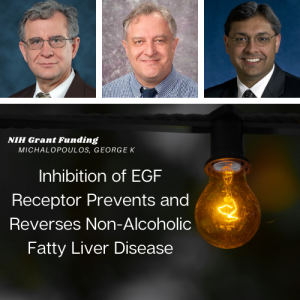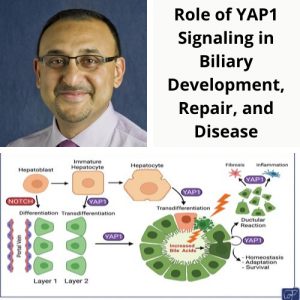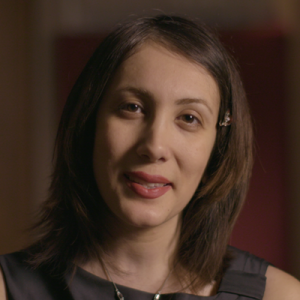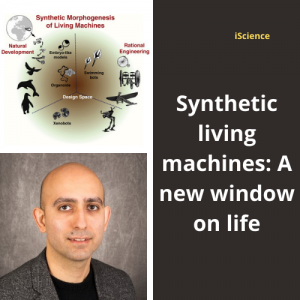
Kumar P, Smith T, Raeman R, Chopyk, DM, Liu Y, Sulchek T, Anania FA. Periostin promotes liver fibrogenesis by activating lysyl oxidase in hepatic stellate cells. J. Biol. Chem., 2018.
ABSTRACT
Liver fibrosis arises from dysregulated wound healing due to persistent inflammatory hepatic injury. Periostin is a nonstructural extracellular matrix protein that promotes organ fibrosis in adults. Here, we sought to identify the molecular mechanisms in periostin-mediated hepatic fibrosis. Hepatic fibrosis in periostin-/- mice was attenuated as evidenced by significantly reduced collagen fibril density and liver stiffness compared with those in WT controls. A single dose of carbon tetrachloride caused similar acute liver injury in periostin-/- and WT littermates, and we did not detect significant differences in transaminases and major fibrosis-related hepatic gene expression between these two genotypes. Activated hepatic stellate cells (HSCs) are the major periostin-producing liver cell type. We found that in primary rat HSCs in vitro, periostin significantly increases the expression levels and activities of lysyl oxidase (LOX) and lysyl oxidase-like (LOXL) isoforms 1-3. Periostin also induced expression of intra- and extracellular collagen type 1 and fibronectin in HSCs. Interestingly, periostin stimulated phosphorylation of SMAD2/3, which was sustained despite short hairpin RNA-mediated knockdown of transforming growth factor β (TGFβ) receptor I and II, indicating that periostin-mediated SMAD2/3 phosphorylation is independent of TGFβ receptors. Moreover, periostin induced the phosphorylation of focal adhesion kinase (FAK) and AKT in HSCs. Notably, siRNA-mediated FAK knockdown failed to block periostin-induced SMAD2/3 phosphorylation. These results suggest that periostin promotes enhanced matrix stiffness in chronic liver disease by activating LOX and LOXL, independently of TGFβ receptors. Hence, targeting periostin may be of therapeutic benefit in combating hepatic fibrosis.
For full text, please click here.
